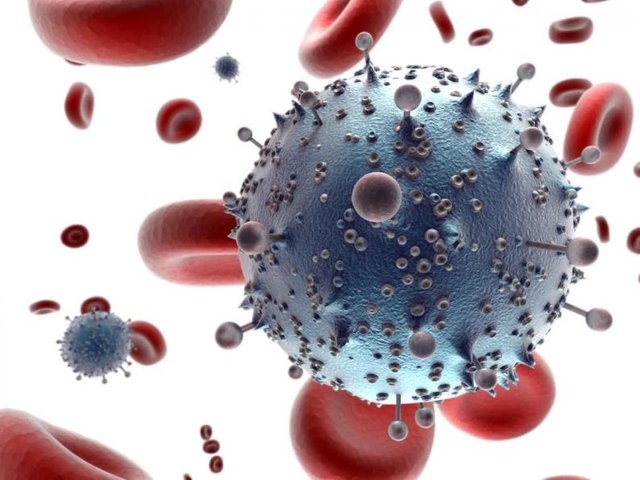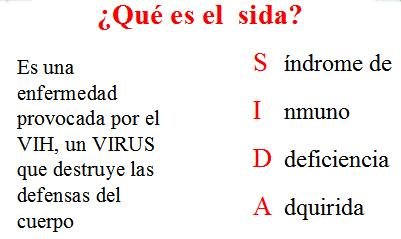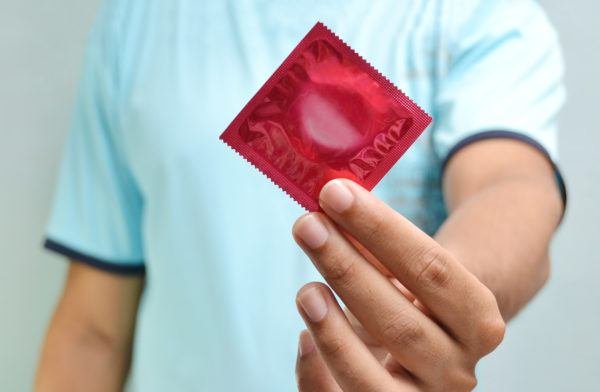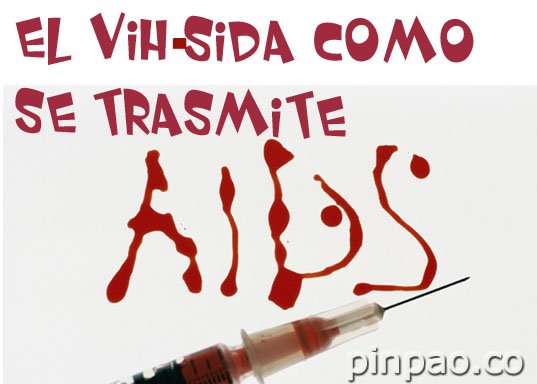HIV and AIDS
What is HIV?
HIV is the virus that causes AIDS. It affects the immune system, making you sick more easily. HIV spreads in sexual relationships, but condoms help protect you.

HIV / AIDS is a serious infection
HIV stands for human immunodeficiency virus. It is a virus that destroys certain cells of the immune system (the defense of the body against diseases that help us stay healthy). When HIV damages the immune system, it is easier to become seriously ill and even die from infections that the body could normally fight.
HIV can affect anyone. In the United States, around one million people are living with HIV, and every year there are more than 41,000 new cases of infection. Most people with HIV have no symptoms for years and feel totally well, so they may not even know they are infected.
Once contracted, the virus remains in your body for life. There is no cure for HIV, but there are medicines that help you stay healthy longer and decrease the chances of you infecting other people. The treatment is very important (that's why it's vital to get tested). Virtually all people who have HIV and are not treated die from the virus. But with medication, those infected with HIV can stay healthy and live for many years.

What is the difference between HIV and AIDS?
HIV is the cause of AIDS. AIDS is an acronym that means acquired immunodeficiency syndrome. HIV and AIDS are not the same. People with HIV do not always have AIDS.
HIV is the virus that is transmitted from person to person. Over time, HIV destroys an important cell type of the immune system (called CD4 cells or T cells) that protect us from infections. When you do not have enough CD4 cells, your body can not fight infections as it normally would.
AIDS is the disease caused by the damage that HIV produces in the immune system. A person has AIDS when they get rare and dangerous infections or have an extremely low number of CD4 cells. AIDS is the most serious phase of HIV infection and, eventually, ends up causing death.
Without treatment, it usually takes 10 years for someone with HIV to develop AIDS. The treatment slows down the damage caused by the virus and helps the infected stay healthy for several decades before AIDS manifests itself.
How is HIV / AIDS infection spread?
HIV is transported in semen, vaginal secretions, blood and breast milk. The virus enters the body through cuts or wounds in the skin and through the mucous membranes (such as the inside of the vagina, rectum and the opening of the penis). You can get HIV by:

Have vaginal or anal sex, share needles or syringes to get high, get body piercings, tattoos, etc., be punctured with a needle that has blood infected with HIV have wounds or open blisters that come in contact with blood, semen (sperm) ) or vaginal secretions infected with HIV
In the United States, the most frequent form of transmission is unprotected sex. You can protect and protect your partner by using condoms and / or oral latex barriers every time they have sex and avoiding sharing needles.
This virus can also be transmitted to the baby during pregnancy, delivery or breastfeeding. A pregnant woman with HIV can take medications that significantly reduce the chances of her baby getting infected.
HIV is not transmitted by saliva, so you CAN NOT get infected by kissing, sharing food or drinks, or using the same fork or spoon. HIV also does not get infected by hugging, shaking hands, coughing or sneezing. You can not get infected by sitting on the toilet either.
Many years ago, there were people who were infected by receiving transfusions of infected blood. Currently, donating or receiving blood at any medical center is completely safe. Doctors, hospitals and blood banks do not use the needles more than once and the blood donated is tested to make sure it is not infected with HIV or other infections.
